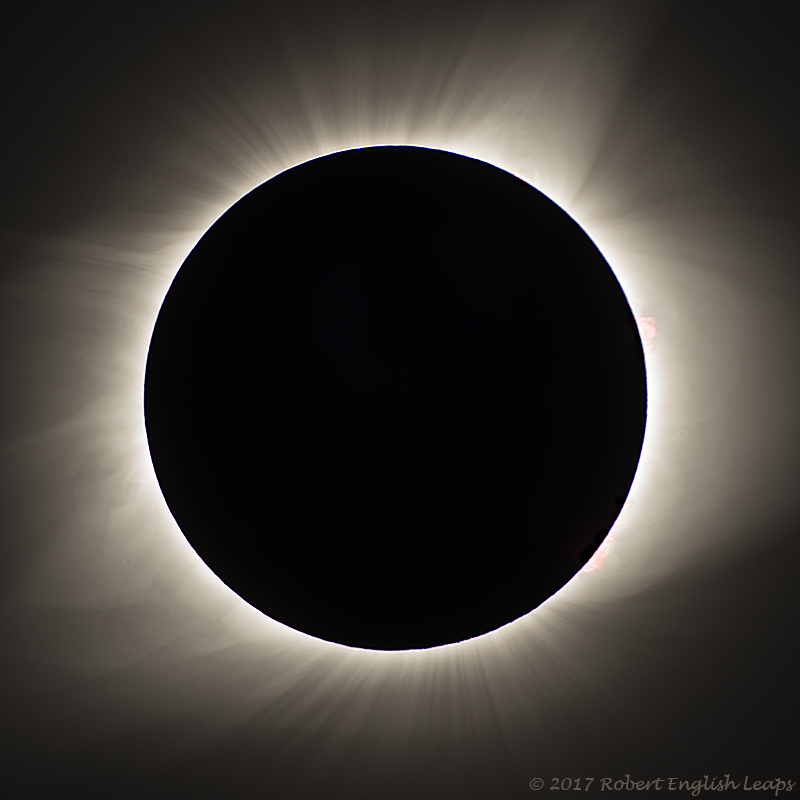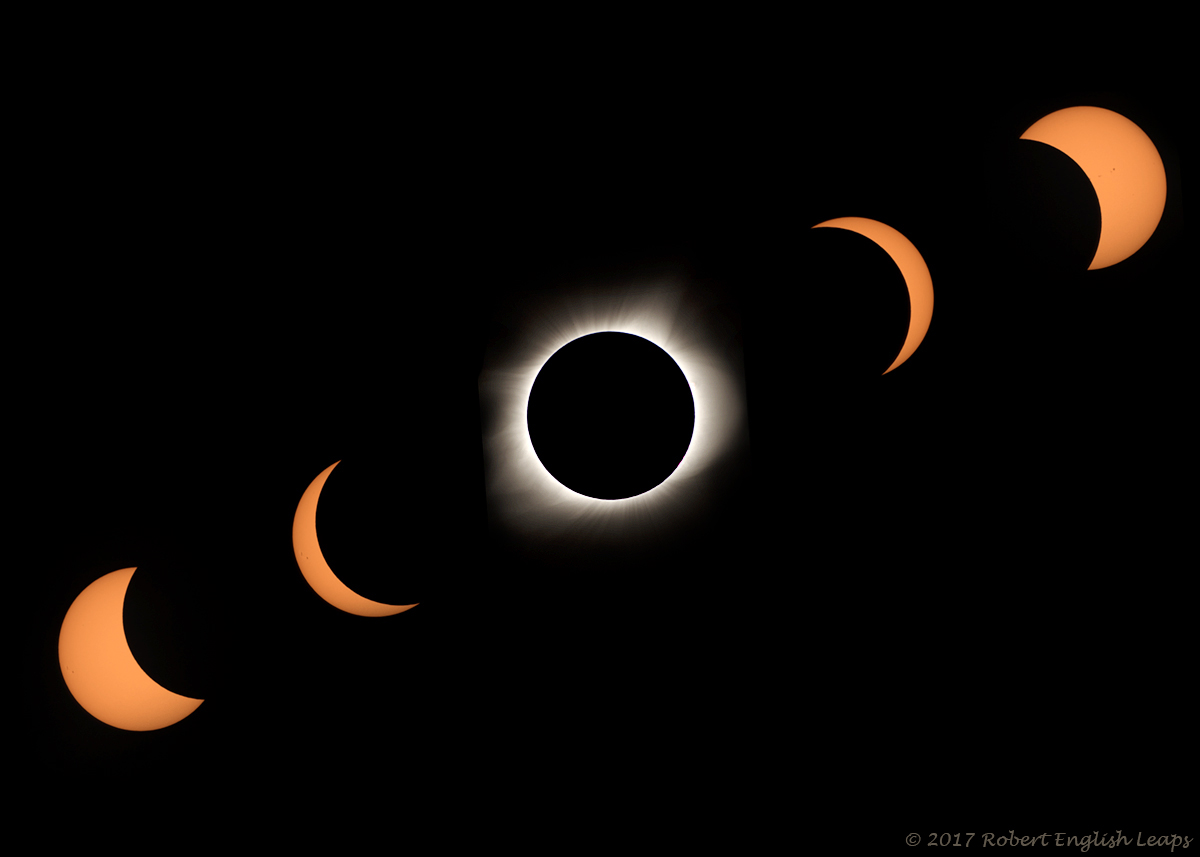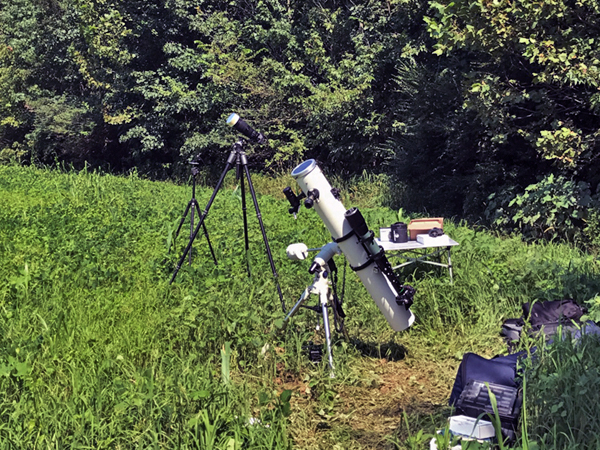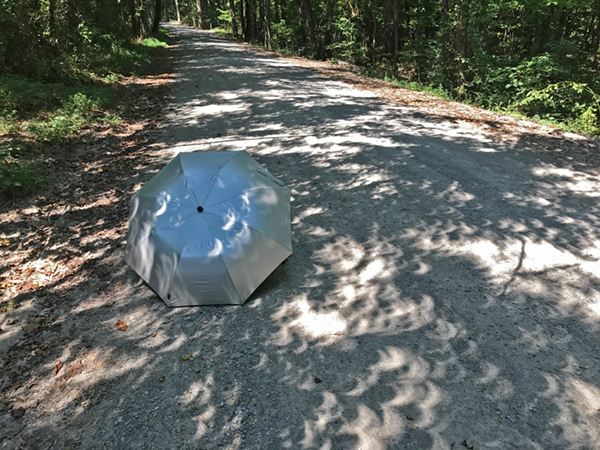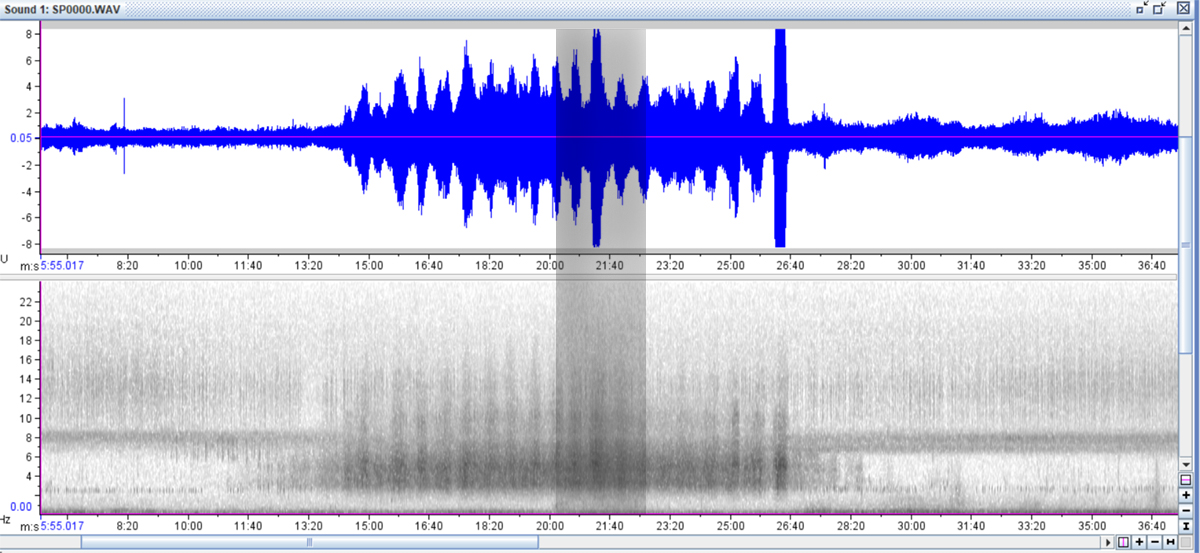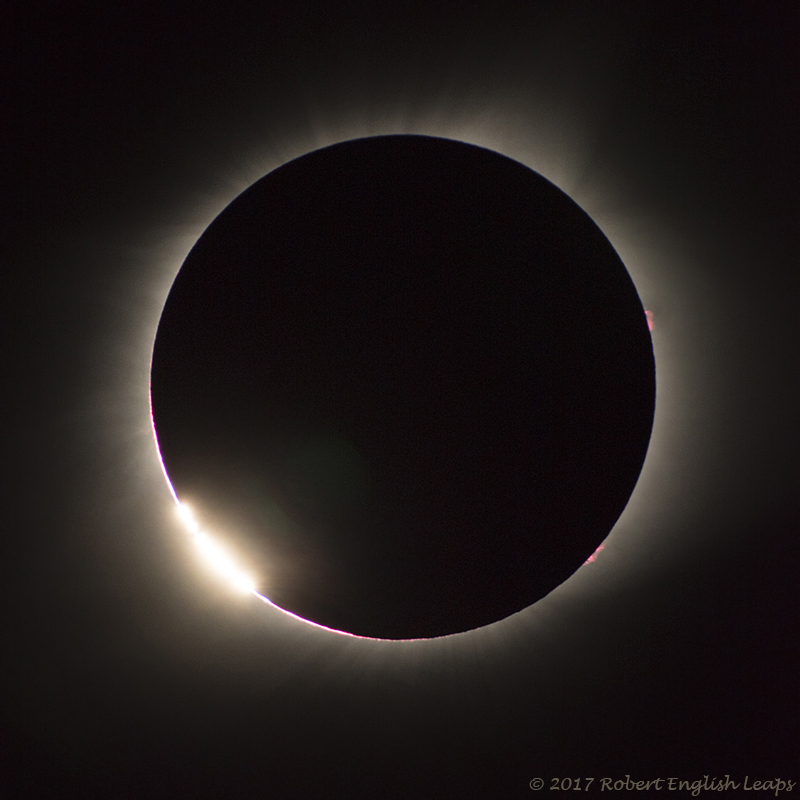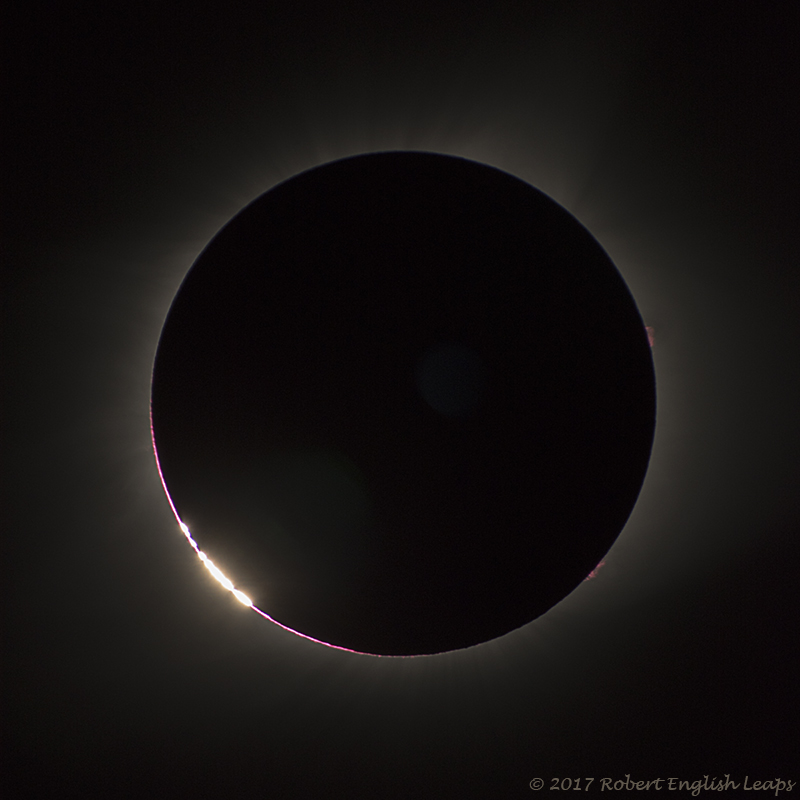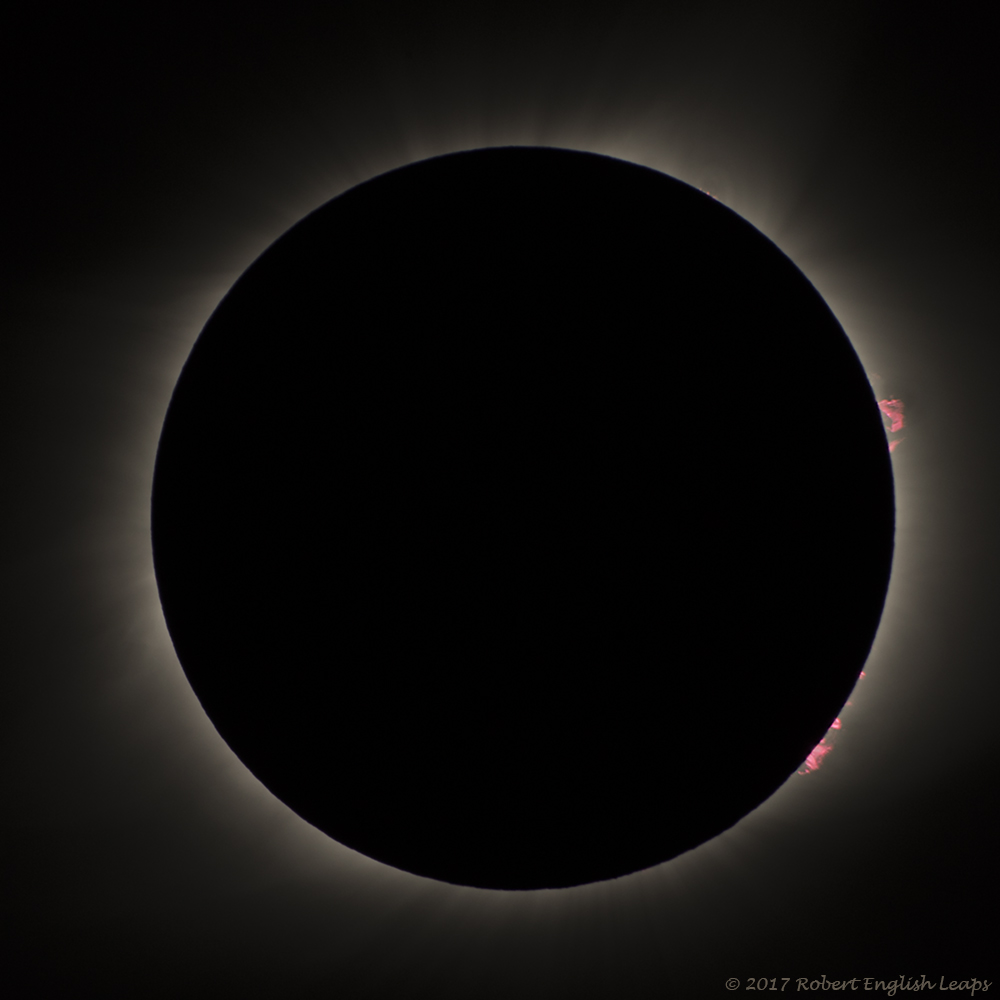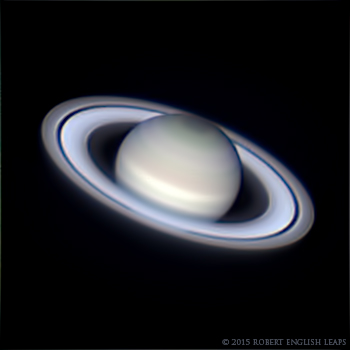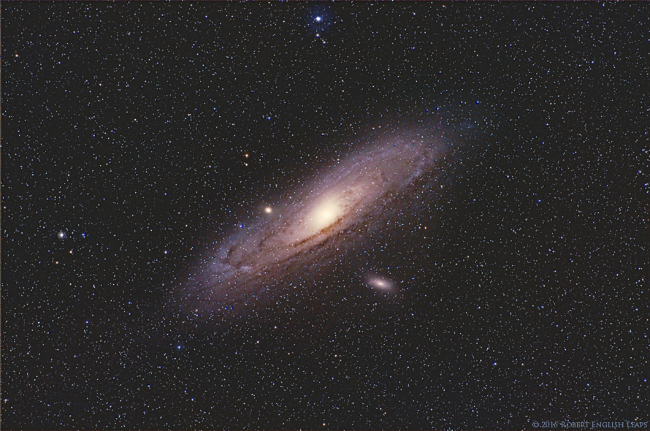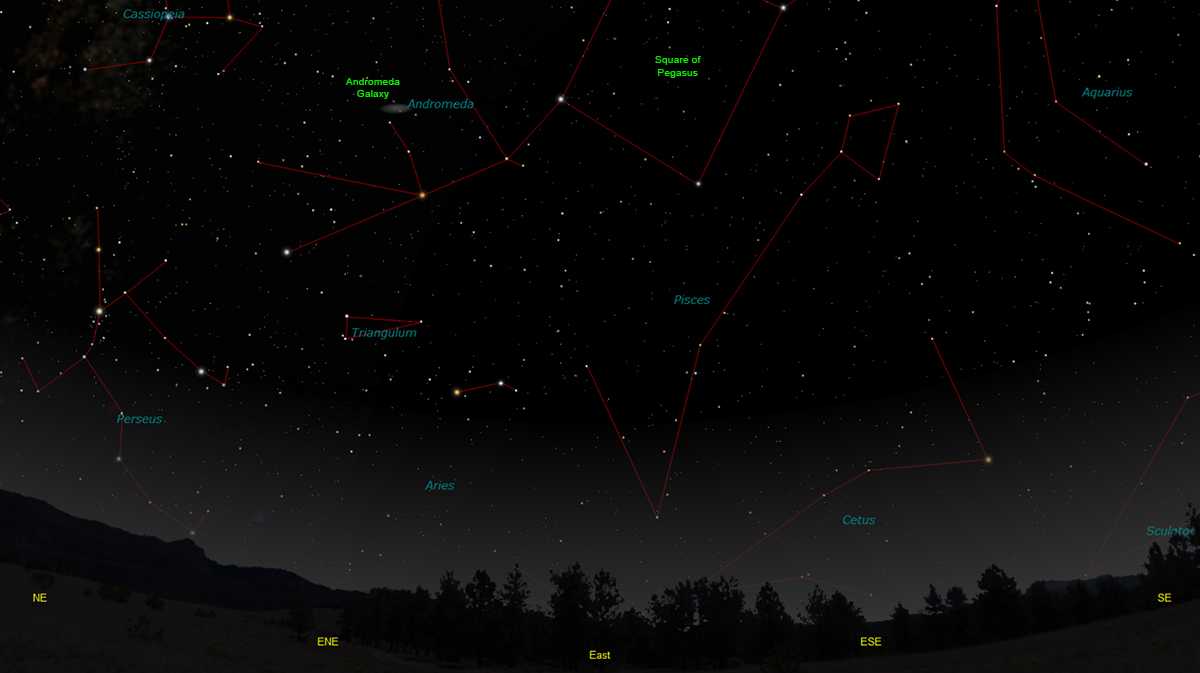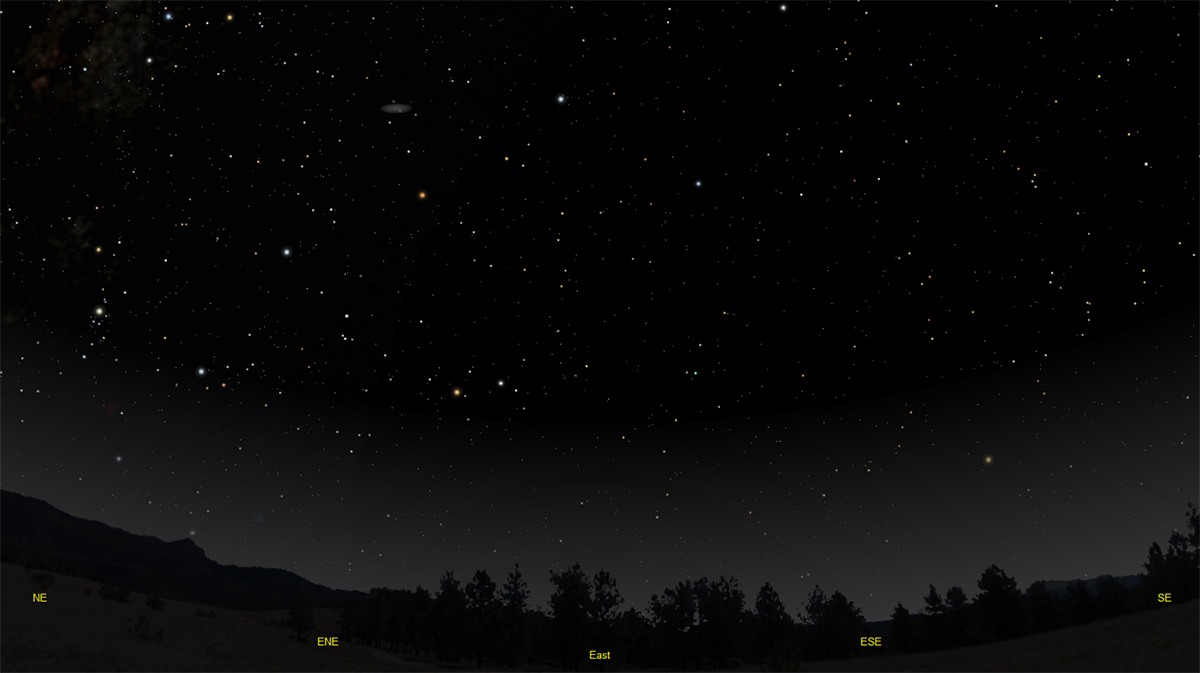The purpose of this feature is to give scout leaders, educators and naturalists an idea of some of the natural events coming up each month. We will try to cover a variety of natural events ranging from sky events to calling periods of amphibians, bird and mammal watching tips, prominent wildflowers and anything else that comes to mind. We will also note prominent constellations appearing over the eastern horizon at mid-evening each month for our area for those who would like to learn the constellations. If you have suggestions for other types of natural information you would like to see added to this calendar, let us know! Note: You can click on the hyperlinks to learn more about some of the featured items. To return to the Calendar, hit the "back" button on your browser, NOT the "back" button on the web page. All charts are available in a "printer friendly" mode, with black stars on a white background. Left clicking on each chart will take you to a printable black and white image. Please note that images on these pages are meant to be displayed at 100%. If your browser zooms into a higher magnification than that, the images may lose quality. The Mozilla Firefox browser is highly recommended. Though we link book references to nationwide sources, we encourage you to support your local book store whenever possible.
Notes and Images From August 2017 Wow! For those lucky enough to have clear skies, the total solar eclipse on August 21st was a spectacle not to be forgotten. The last total solar eclipse that crossed the southeastern United States was on March 7th, 1970. It's been a long wait, and I worried our typical August weather in Tennessee would hide the eclipse behind late-afternoon clouds or a passing thunderstorm.
But many of those who made the pilgrimage to the path of totality were rewarded with beautiful and haunting views of the eclipse. Nearing the path of totality that morning, the traffic rapidly increased. Out-of-state license plates abounded, and it seemed every large parking lot was crowded with people setting up canopies and chairs. Seeking a less crowded place to view the eclipse, we drove to Chickamauga Wildlife Management Area, north and east of Dayton, Tennessee. There we set up my old 6-inch reflecting telescope I built in high school. Actually, there are very few parts on the 6-inch reflector that date back to when I built it. But the 6-inch primary mirror, ground and polished by hand one long winter in the basement of our house in Knoxville, is the same. And the mirror of a reflecting telescope is its soul. Piggy-backed on top of the 6-inch scope was my small Televue 85 refractor, which was coupled to a camera for imaging the eclipse. I had made some test images in the weeks before the eclipse, but there are so many things that can go wrong in the brief 2-1/2 minute length of totality! Would everything work? The scope was set up at the edge of a small field on the WMA and we were soon taking images. The montage above shows, from left to right, the Sun forty minutes and fifteen minutes before mid-totality, totality, and fifteen and forty minutes after mid-totality.
It was a hot, humid day, and it was a little steamy waiting for totality in full sunlight. We made exposures every few minutes. It helped to get out of the sun every so often and drink some water. The image at right shows the 6-inch telescope with the Televue 85mm refractor and camera attached. You could form little pinhole images of the Sun with your hands, making a small opening in your curled fingers and looking at the shadow of your hand on the grass. It seemed like it took a long time for the level of light in the field to drop noticeably. The same thing was true for the temperature in the field. There was little relief from the oppressive heat.
About twenty minutes before the eclipse, we began a recording near a small nearby wetland. I simply pointed the short shotgun microphone over the wetland and then left it for the duration of the eclipse. Part of that recording, centered on totality, is shown in the image below. The upper part of the chart, in blue, shows the amplitude (loudness) of sounds before, during and after totality. The lower part of the chart, in gray, is a sonogram that shows the frequency of the sounds. This recording is 36 minutes in length, centered around totality (shown shaded in dark gray). Birds called before, during and after totality. Some of the calling birds include Tufted Titmouse, Carolina Wren, Red-bellied Woodpecker, Carolina Chickadee, Yellow-billed Cuckoo, White-eyed Vireo, American Crow, Eastern Wood Pewee, Northern Cardinal, American Goldfinch, Downy Woodpecker and Indigo Bunting.
The dominant sound in the recording is the call of Scissor-grinder Cicadas (Neotibicen winnemanna). A Southern Leopard Frog calls just before and during totality, and is joined by the aggressive calls of a Cope's Gray Treefrog. Human whoops and shouts are heard as totality begins. You can play the recording by clicking the above image.
Everything seemed to accelerate in the last 30 seconds before totality. The sky to the west darkened, as if a storm were approaching. As the last sliver of the Sun's disk disappeared, we photographed the "diamond ring" in the image at right. Then the silver corona burst forth around the coal-black disk of the eclipsed Sun. Venus and Jupiter appeared on opposite sides of the Sun. The sky close to the horizon glowed a sunset-orange for a full 360 degrees and the sky overhead was eerily dark. Suddenly I couldn't see the knobs on my camera, having to feel for them. It was noticably cooler now. The Scissor-grinder Cicadas were calling very loud and the whoops and yells of observers along the river drifted up to us.
Just before totality began, as the last sliver of sun disappeared, we took the image of Baily's Beads at right. Baily's Beads are caused by the last rays of the Sun finding their way through the lunar mountains and valleys at the limb of the Moon. They are named after the man credited with their discovery, the 19th century astronomer Francis Baily. Before Baily published his explaination for the beads, Sir Edmund Halley described the beads he saw during the total eclipse of 1715. He correctly ascertained their cause and published the explanation. Also visible in the image is the thin red line of the solar chromosphere. This layer of the solar atmosphere lies above the photosphere but below the corona.The chromosphere glows red with the light of glowing hydrogen, and is only briefly visible during an eclipse. It's estimated to be between 3,000 km and 5,000 km in depth. Being primarily a "deep sky" astrophotographer, I am used to seeing the reddish hydrogen alpha light in nebulae, and dotting the arms of spiral galaxies. I'm not used to seeing it so "close to home". Hydrogen alpha is a wavelength of light emitted by hydrogen atoms when they receive large amounts of energy. Whenever an electron moves between certain energy shells in a hydrogen atom, a photon of light at 656 nanometers is emitted. This is the characteristic wavelength of the reddish hydrogen alpha light.
Prominences are anchored in the photosphere and rise through the chromosphere into the corona. They, too, glow in the light of Hydrogen alpha. These were quite beautiful in the 6 inch scope, and are viewed without a solar filter. Of course, you always have to keep in mind exactly how much time you have to safely view them before totality ends. Prominences change over a fairly short time scale, appearing to loop out into the corona and then fall back down into the photosphere. They occur when the structure of magnetic field lines extending from the Sun becomes unstable. Experiencing the eclipse was both awe-inspiring and all-encompassing. It cast a spell that lingered long after the bright solar crescent burst forth again from behind the dark limb of the Moon. We were left feeling very grateful for an unforgettable afternoon.
Sky Events for September 2017:: The Autumnal Equinox occurs at 3:02CDT on September 22nd, marking the beginning of fall in the Northern Hemisphere. Evening Sky::
Saturn is in Ophiuchus as the month begins, and will be highest in the sky shortly after dusk. The tilt of the rings is now 26.7 degrees, and the view is spectacular in any size telescope.
Morning Sky:: Venus rises about 3:44am at the beginning of the month. Look for Mercury abouth 15 degrees below Venus around September 12th. Once you find Mercury, look for dimmer Mars. On September 16th Mercury and Mars are separated by less than 1/2 a degree. All times noted in the Sky Events are for Franklin, Tennessee and are in Central Daylight Time. These times should be pretty close anywhere in the mid-state area.. Constellations:: The views below show the sky looking east at 10:00pm CDT on September 15th. The first view shows the sky with the constellations outlined and names depicted. Star and planet names are in green. Constellation names are in blue. The second view shows the same scene without labels . Pegasus appears higher above the eastern horizon, as does Andromeda. Perseus is above the horizon now, and Cetus is also beginning to appear. The faint stars of Pisces should be easier to pick out this month.Find the "Square of Pegasus" and work your way outward from it to the constellations around it. See if you can pick out the faint glow of the Andromeda Galaxy, over 2 million light years away! When you look at this galaxy you're seeing light that began its journey to us in the Pleistocene epoch. To get the best view, wait until the galaxy climbs high in the sky. The Andromeda Galaxy was first shown on star charts prepared in 905AD by the Persian astronomer, Al Sufi, and was referred to as the "Little Cloud." That describes well its appearance to the naked eye. Binoculars will greatly improve your view, as will driving out of the city and finding darker skies. Simon Marius, in 1610, was among the first to observe the Andromeda Galaxy through a small telescope. He compared its soft glow to "the light of a candle shining through horn." In dark skies, those using small telescopes may pick out the small satellite galaxies M32 (above and left of the nucleus of M31 in the above image) and NGC 205 (below). A faint tidal bridge connects NGC 205 to Messier 31.Our Milky Way Galaxy and the Andromeda Galaxy are approaching each other and are expected to collide in approximately 4.5 billion years. The two galaxies may merge into a single giant elliptical galaxy at that time.
We advise learning a few constellations each month, and then following them through the seasons. Once you associate a particular constellation coming over the eastern horizon at a certain time of year, you may start thinking about it like an old friend, looking forward to its arrival each season. The stars in the evening scene above, for instance, will always be in the same place relative to the horizon at the same time and date each September. Of course, the planets do move slowly through the constellations, but with practice you will learn to identify them from their appearance. In particular, learn the brightest stars for they will guide you to the fainter stars. Once you can locate the more prominent constellations, you can "branch out" to other constellations around them. It may take you a little while to get a sense of scale, to translate what you see on the computer screen or what you see on the page of a book to what you see in the sky. Look for patterns, like the stars that make up the "Square of Pegasus." The earth's rotation causes the constellations to appear to move across the sky just as the sun and the moon appear to do. If you go outside earlier than the time shown on the charts, the constellations will be lower to the eastern horizon. If you observe later, they will have climbed higher. As each season progresses, the earth's motion around the sun causes the constellations to appear a little farther towards the west each night for any given time of night. If you want to see where the constellations in the above figures will be on October 15th at 10:00pm CDT, you can stay up till midnight CDT on September 15th and get a preview. The westward motion of the constellations is equivalent to two hours per month.
Recommended: Sky & Telescope's Pocket Star Atlas is beautiful, compact star atlas. A good book to learn the constellations is Patterns in the Sky, by Hewitt-White. You may also want to check out at H. A. Rey's classic, The Stars, A New Way to See Them. For skywatching tips, an inexpensive good guide is Secrets of Stargazing, by Becky Ramotowski. A good general reference book on astronomy is the Peterson Field Guide, A Field Guide to the Stars and Planets, by Pasachoff. The book retails for around $14.00. The Virtual Moon Atlas is a terrific way to learn the surface features of the Moon. And it's free software. You can download the Virtual Moon Atlas here. Cartes du Ciel (described in the monthly notes above) is a great program for finding your way around the sky. It is also free, and can be downloaded here. Apps: We really love the Sky Safari Pro application described here. For upcoming events, the Sky Week application is quite nice. Both apps are available for both I-phone and Android operating systems. The newest version, Sky Safari 4, is available here.A nother great app is the Photographer's Ephemeris. Great for finding sunrise, moonrise, sunset and moonset times and the precise place on the horizon that the event will occur. Invaluable not only for planning photographs, but also nice to plan an outing to watch the full moon rise. Available for both androids and iOS.Amphibians
You can locate many species that have been calling more frequently earlier in the year by driving the back roads slowly on rainy nights. Recommended: The Frogs and Toads of North America, Lang Elliott, Houghton Mifflin Co
Archives (Remember to use the back button on your browser, NOT the back button on the web page!)
Natural Calendar February 2016 Natural Calendar December 2015 Natural Calendar November 2015 Natural Calendar November 2014 Natural Calendar September 2014 Natural Calendar February 2014 Natural Calendar December 2013 Natural Calendar September 2013 Natural Calendar December 2012 Natural Calendar November 2012 Natural Calendar September 2012 Natural Calendar February 2012 Natural Calendar December 2011 Natural Calendar November 2011 Natural Calendar September 2011 Natural Calendar December 2010 Natural Calendar November 2010 Natural Calendar September 2010 Natural Calendar February 2010 Natural Calendar December 2009 Natural Calendar November 2009 Natural Calendar September 2009 Natural Calendar February 2009 Natural Calendar December 2008 Natural Calendar November 2008 Natural Calendar September 2008 Natural Calendar February 2008 Natural Calendar December 2007 Natural Calendar November 2007 Natural Calendar September 2007 Natural Calendar February 2007 Natural Calendar December 2006 Natural Calendar November 2006 Natural Calendar September 2006 Natural Calendar February 2006 Natural Calendar February 2003 Natural Calendar December 2002 Natural Calendar November 2002 Nature Notes Archives: Nature Notes was a page we published in 2001 and 2002 containing our observations about everything from the northern lights display of November 2001 to frog and salamander egg masses. Night scenes prepared with The Sky Professional from Software Bisque All images and recordings © 2017 Leaps.
|
|
